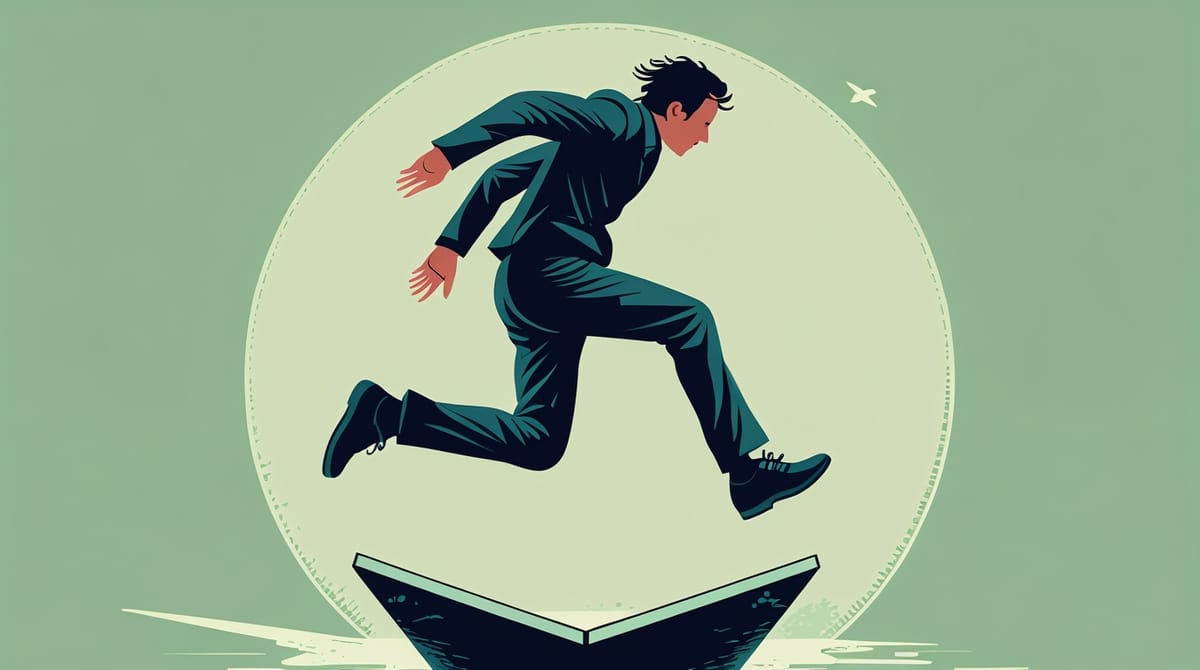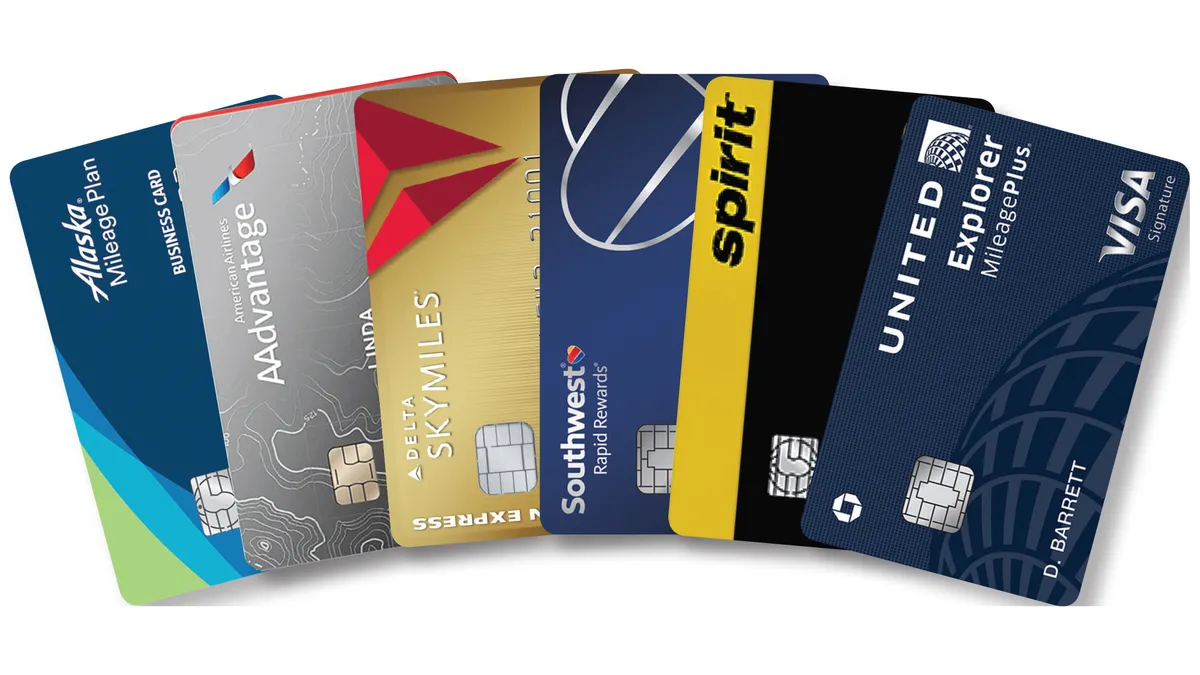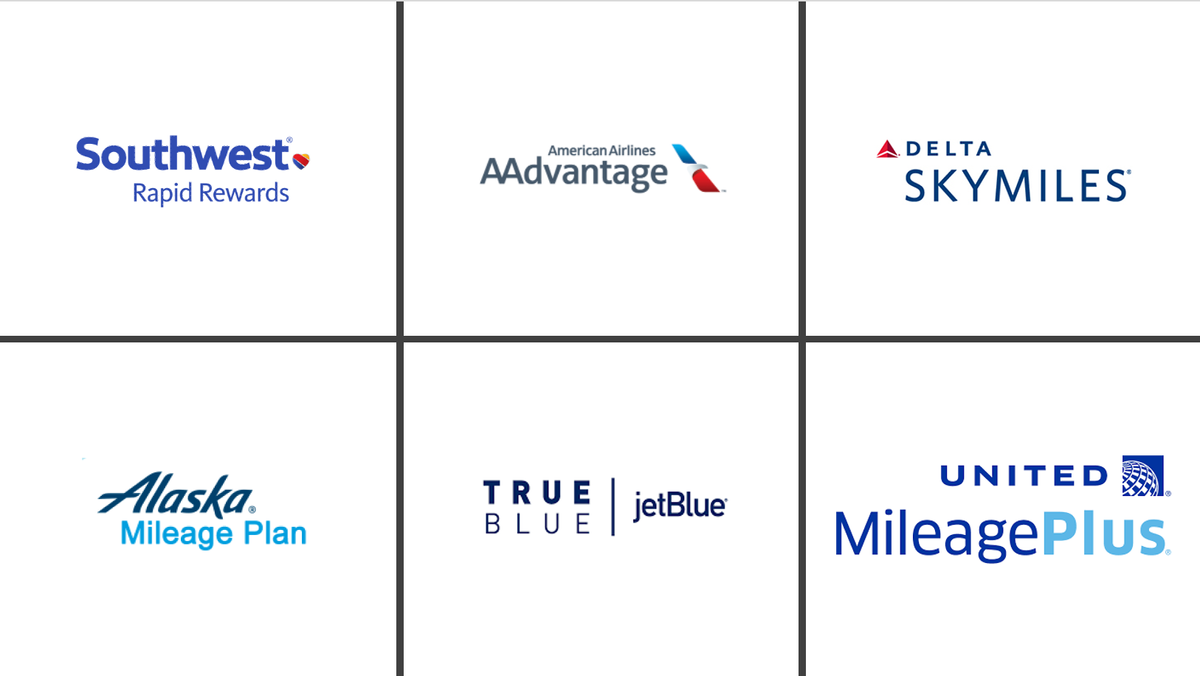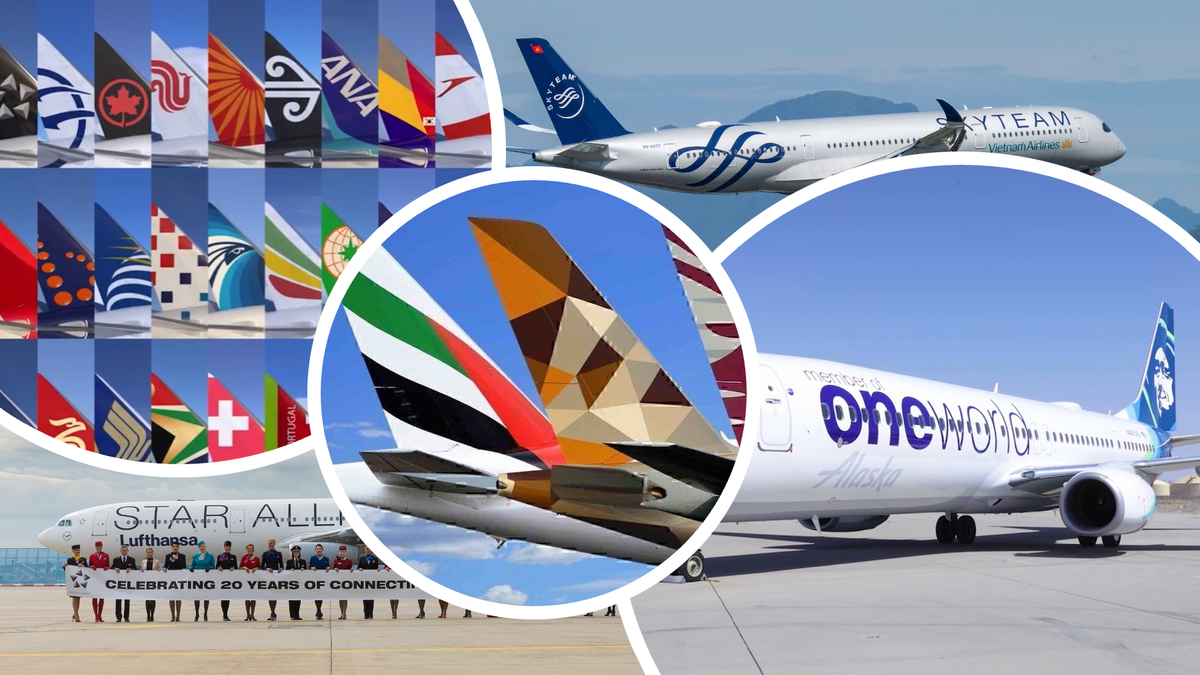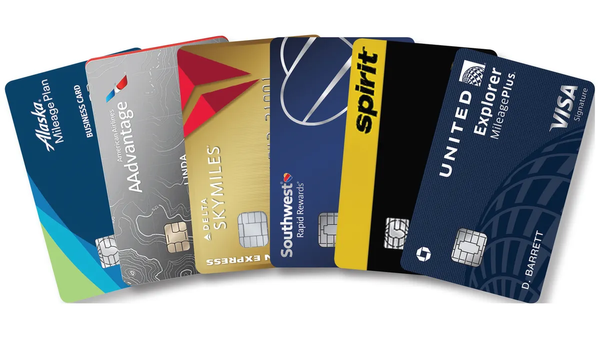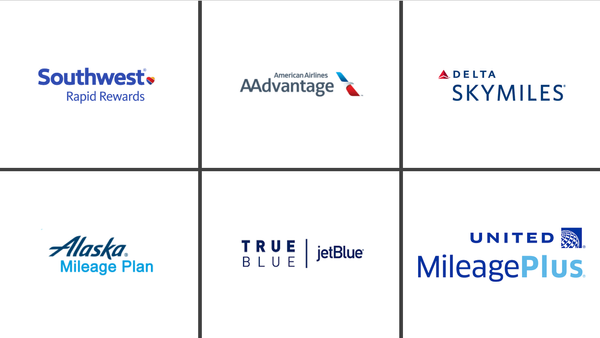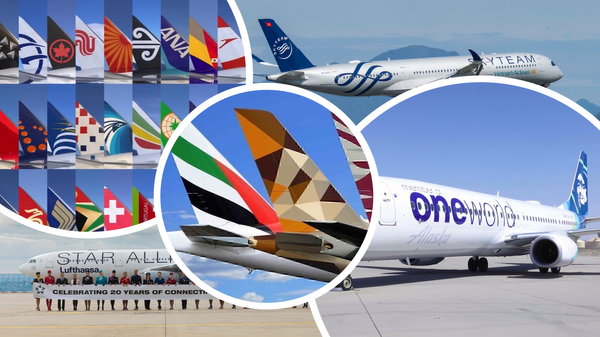Airline Elite Status: The Cult, The Myths, The Sucker’s Game • Day 5/5
Welcome aboard the elite status circus of April 2025. In the world of frequent flyers, airline elite status has become a quasi-religion – complete with its own rituals (mileage runs), status symbols (luggage tags and shiny cards), and a devout congregation chasing the next tier.
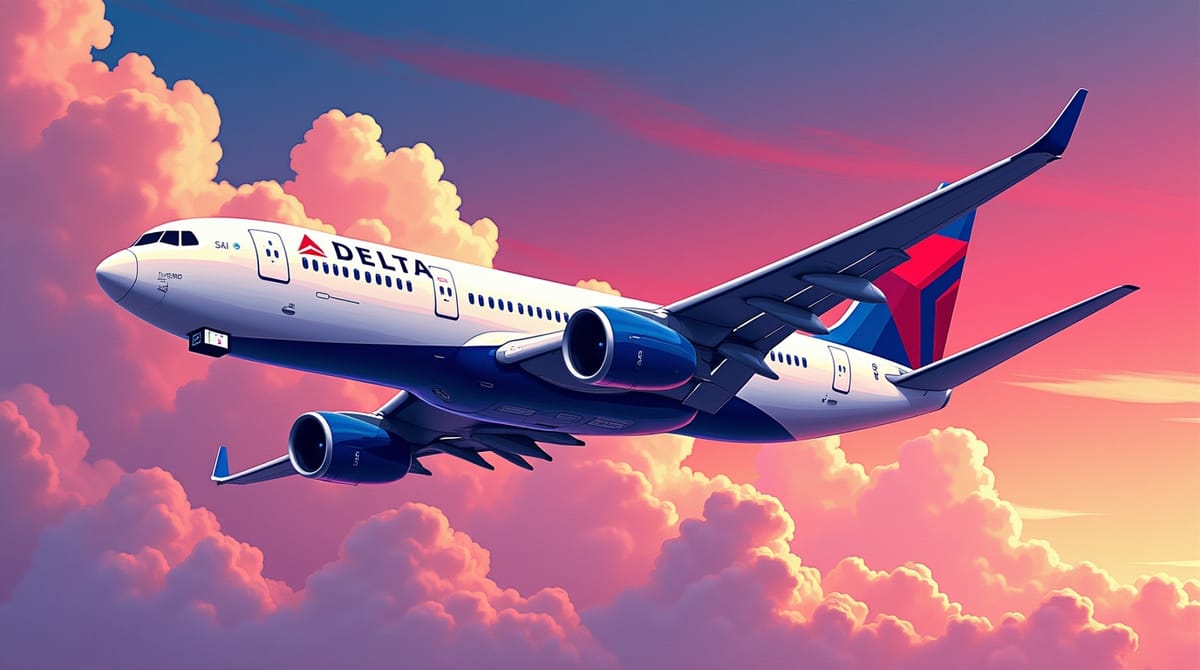
Deep Research Using AI
This epic, nearly 20,000-word beast of an article series was painstakingly conjured up with some Deep Research functionalities. While it may sound incredibly authoritative, well-informed, and even suspiciously insightful, remember—this content is intended for entertainment purposes only. Think of it as the informational equivalent of a late-night Wikipedia rabbit hole: fun, fascinating, occasionally eyebrow-raising, but definitely not something you should bet your house, job, or firstborn on.

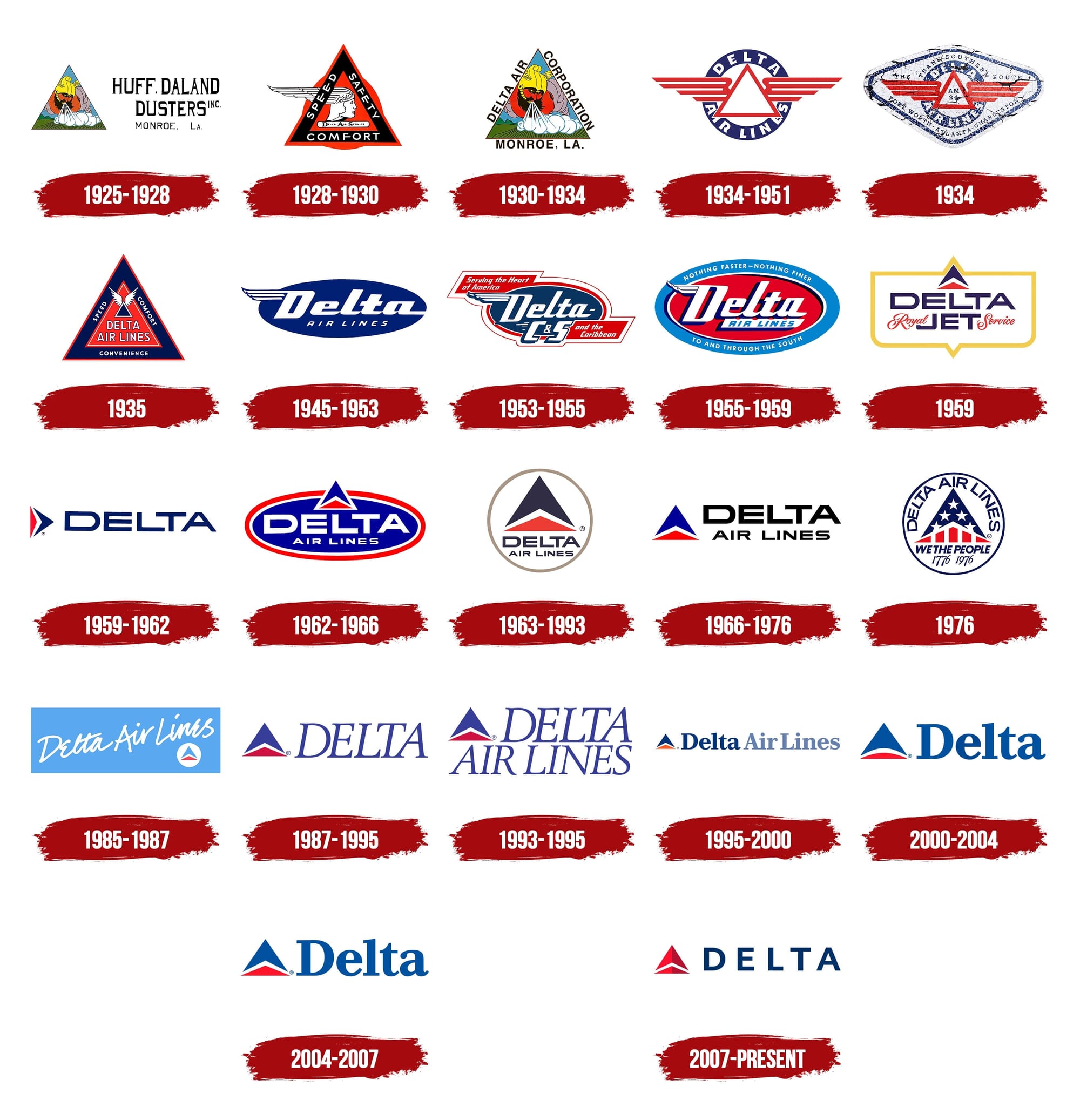
Case Study: Delta’s Loyalty Program – A Cautionary Tale
To truly underscore how airline loyalty programs can evolve (or devolve), let’s zoom in on Delta SkyMiles over the past decade. Delta has been both an innovator and a chief villain in the eyes of frequent flyers. Their journey shows how airlines balance rewarding customers with protecting profits – and how the “loyal” flyers often get the short end of the stick.
- Early 2010s: Delta leads the pack by introducing a revenue component for status (MQDs) around 2013. It wasn’t popular, but United and AA quickly copied. They all realized pure mileage-based status was too “easy” in an era of cheap tickets – they wanted to reward big spenders. Delta also removed award charts and went to dynamic pricing for miles (a move that years later, AA and United have also mimicked to an extent). At this point, a Delta Diamond (then requiring 125k miles and $12.5k spend) was a very exclusive club.
- Mid-2010s: Despite devaluations of miles, Delta cultivates a cult following through operational excellence. Their flights are on-time, their planes have nice amenities, and they market their Medallion program as a lifestyle. They even give Diamonds choice benefits like gifting status or upgrade certs – something unique at the time. People start calling Delta miles “SkyPesos” due to their low value, but paradoxically Delta’s credit card signups soar and Amex pays Delta more and more for the partnership.
- Late 2010s: Overcrowding becomes evident. Too many Amex cardholders in Sky Clubs lead to packed lounges. Delta starts to quietly make it harder – e.g., in 2018 they limit Sky Club access to only before departure (no arriving lounge visits) to control crowding. They increase MQD waiver thresholds (making it so you need to spend $250k on Amex to waive MQDs for Diamond – clearly aiming at ultra spenders). Yet, through it all, customers keep coming, because alternative airlines (United, AA) had their own struggles with reliability and customer satisfaction. Delta becomes the status symbol airline – a bit ironic given their own currency was so devalued.
- 2020-2021 (Pandemic Shakeup): Travel halts, so airlines make unprecedented moves to keep loyalty: they extend everyone’s status, lower requirements, and actually let people earn status on credit card spend and promos while not flying. Delta, for instance, rolled over all MQMs (miles) into 2021, then 2022 – so some people ended up with huge buffers of miles, making status easy through 2023. This was nice at the time, but come 2022, suddenly Delta had a record number of elite members. Planes were full again, and so were the upgrade lists (with few empty seats to upgrade into, since travel demand was high and first class was often sold out).
- 2022-2023: The Breaking Point: Delta’s Sky Clubs hit peak overcrowding. Social media filled with photos of lines to get into lounges that looked like nightclub queues. Resentment grew as even top-tier elites had to wait or find no seating. In mid-2023, Delta tried band-aids: they sent emails reminding folks not to come too early, added lounge agents to speed entry, etc. At the same time, Delta saw that the status extension and credit card binge of 2020-2022 meant 2023 had way more Medallions competing for the same perks. CEO Ed Bastian basically admitted too many people were enjoying the fruit and it was time to prune the tree.
- Late 2023: Drastic Measures Announced: Delta drops a bomb: Starting 2024, no more MQMs (miles) or MQSs (segments) – only MQDs (spend) will count. And the thresholds would skyrocket: Silver from $3k to $6k, Gold $8k to $12k, Platinum $12k to $18k, Diamond $20k to $35k (they later reduced Diamond to $28k after backlash). Also, Sky Club access would be stripped from many – the basic Amex Platinum card would only give 10 visits/year, Reserve cardholders unlimited but no guests unless they pay, and even Diamonds would no longer get an automatic lounge membership (it would cost a Choice benefit). This was the largest single change to Delta’s program ever.
- Customer Revolt: The reaction was visceral. People who had flown Delta loyally for decades said they’d switch airlines. A billionaire chartered a sign over Atlanta airport saying “Ed Bastian – Keep Climbing (straight to hell)”, referencing Delta’s slogan. Delta’s about-face on loyalty was seen as a cash grab of monumental proportions. Within a month, Delta partially walked back the changes: they moderated the MQD levels a bit (Diamond down to $28k) and decided to allow Amex Platinum folks 10 visits rather than the originally proposed 6, and to let Delta Reserve cardholders bring two guests per visit for a $50 fee each (initially they were going to forbid guests entirely on the card.
- 2024 and Beyond: As we write (April 2025), the dust is settling. Many “rage-quit” customers didn’t actually quit – because inertia is strong and alternatives may not be better. But Delta did potentially drive some of their high-value flyers to American (which opportunistically ran status match challenges to scoop them up). Delta’s program is now the most difficult for pure flyers but highly rewarding for big spenders (and Amex big spenders). Will it result in fewer elites and better experiences (e.g., less lounge crowding, more upgrades)? Probably at the margins, yes. But it also opened eyes industry-wide: if Delta can get away with this, others might follow. United quickly upped their requirements ~20%. American will likely tweak Loyalty Points (maybe making elite ranks harder but adding more Choice rewards). The game is far from static.
The Delta saga teaches a few lessons: Airlines will always prioritize revenue over loyalty. They’re not charities, and if too many people game their program, they will reset the game. Also, it shows the danger of putting all your eggs in one basket – many Delta loyalists felt betrayed and stuck. Diversification isn’t just for finances; it can be for loyalty too. And lastly, it proved that consumer pushback can influence (Delta did soften some changes), so voice your displeasure when a program you’re invested in pulls a fast one.
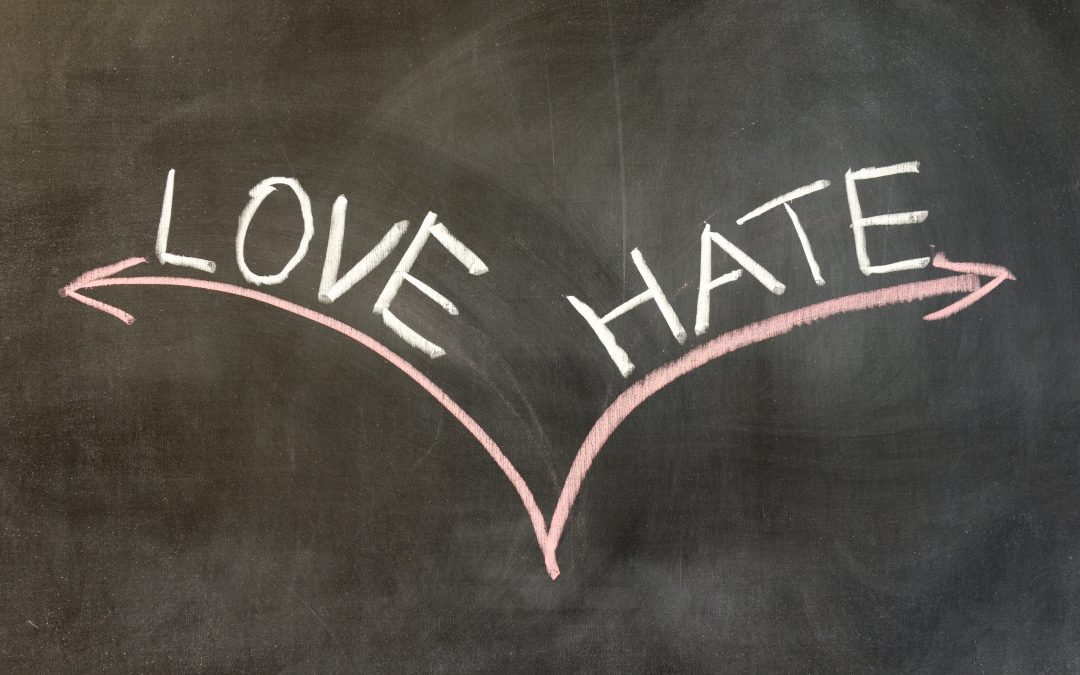
Final Thoughts
At the end of the day, airline elite status is a bit of a love-hate relationship. It can make your travels smoother, or it can make you feel like a sucker. The key is to stay in control of your travel decisions. Use the programs, but don’t let them use you.
If the pursuit of status stops making sense, don’t be afraid to step off the hamster wheel. Buy a lounge pass occasionally, pay $30 for extra legroom when you need it, fly different airlines if it saves you time or money. You might find the freedom more rewarding than the status ever was.
In 2025, the bottom line is this: Status ain’t what it used to be. So maybe, just maybe, it’s time for us travelers to redefine loyalty on our terms. Safe travels, and may your choices – whether loyal or free-agent – always earn you more smiles than miles.
Previously Published in the Series:
